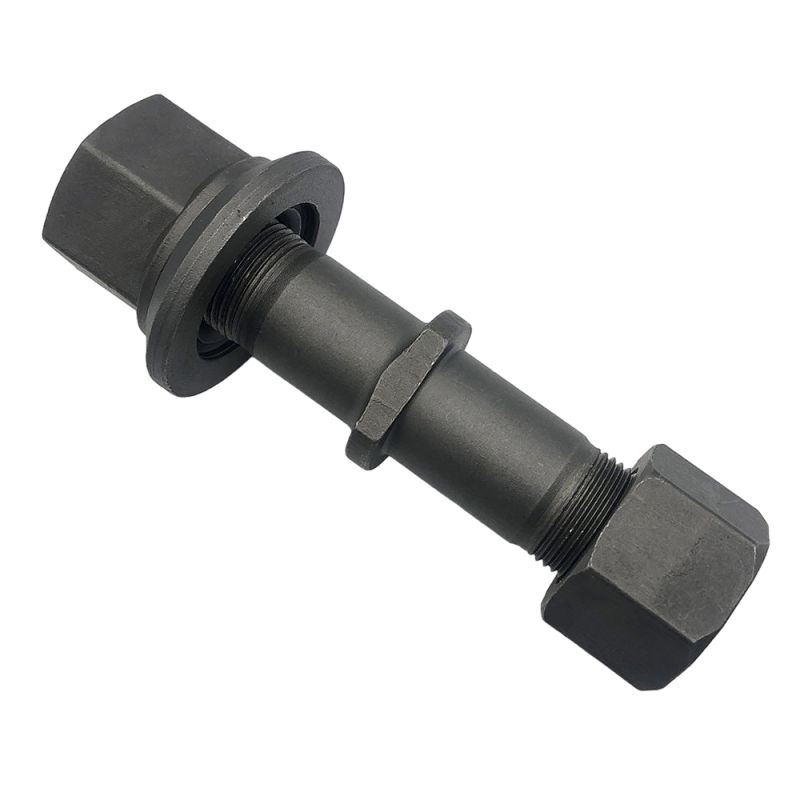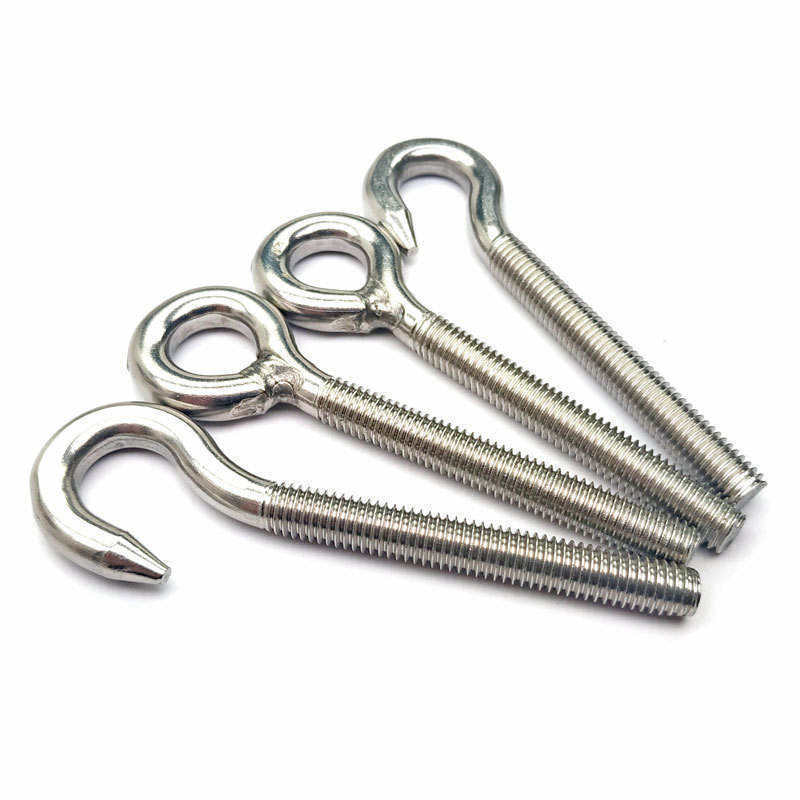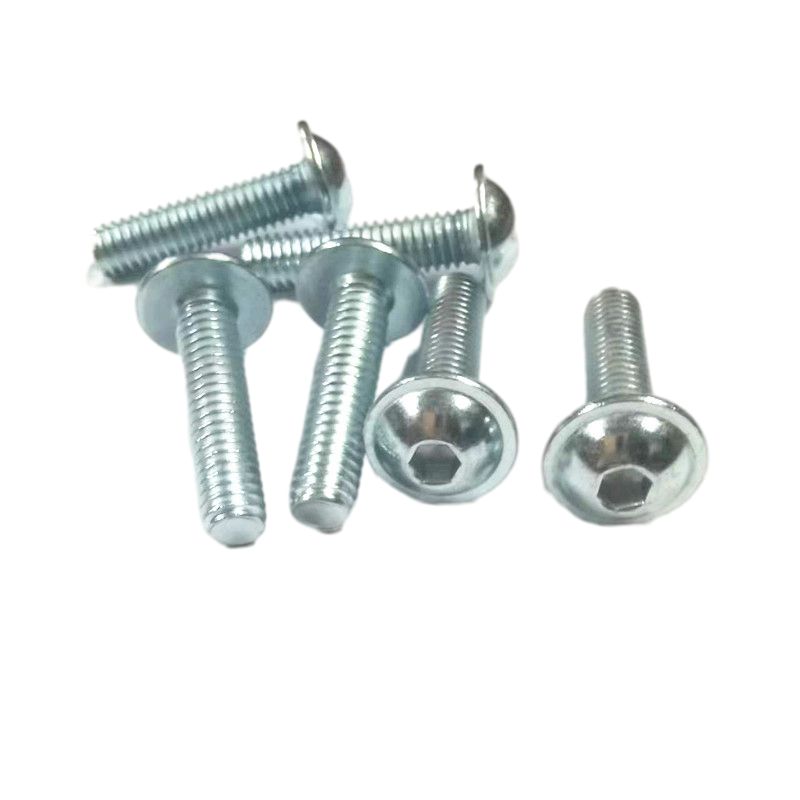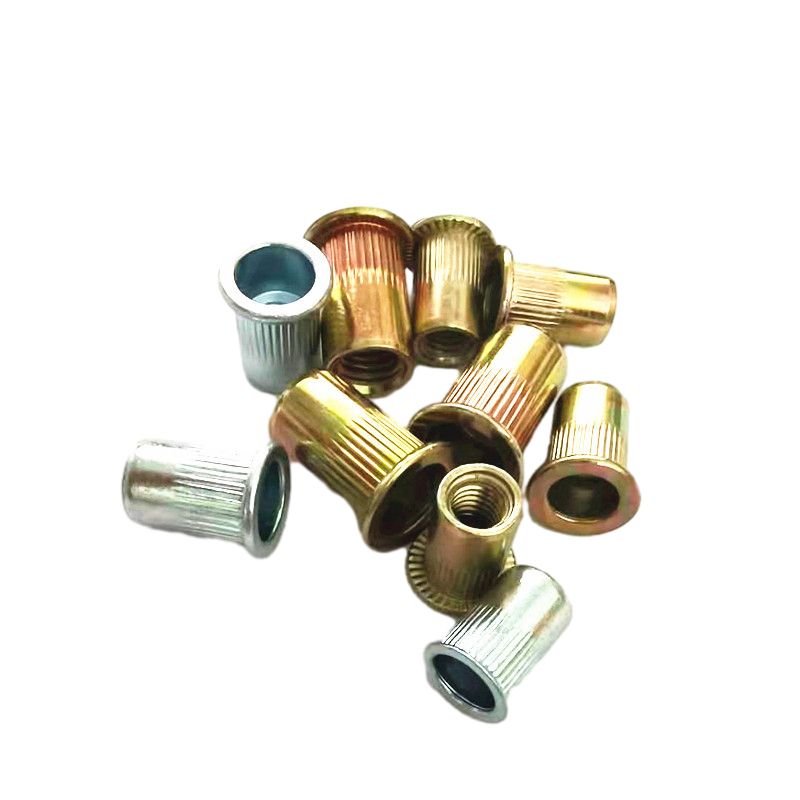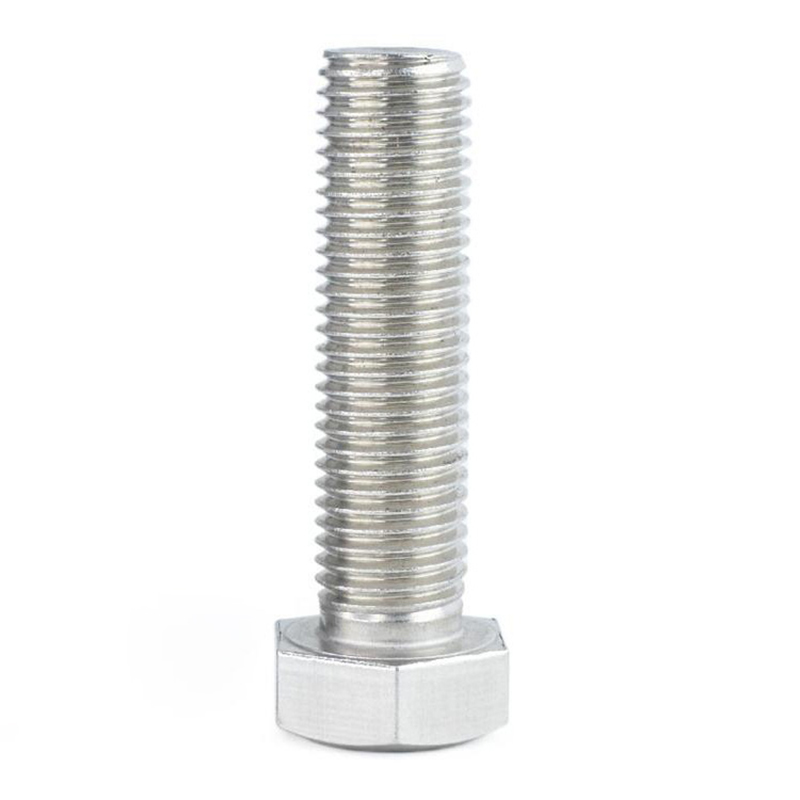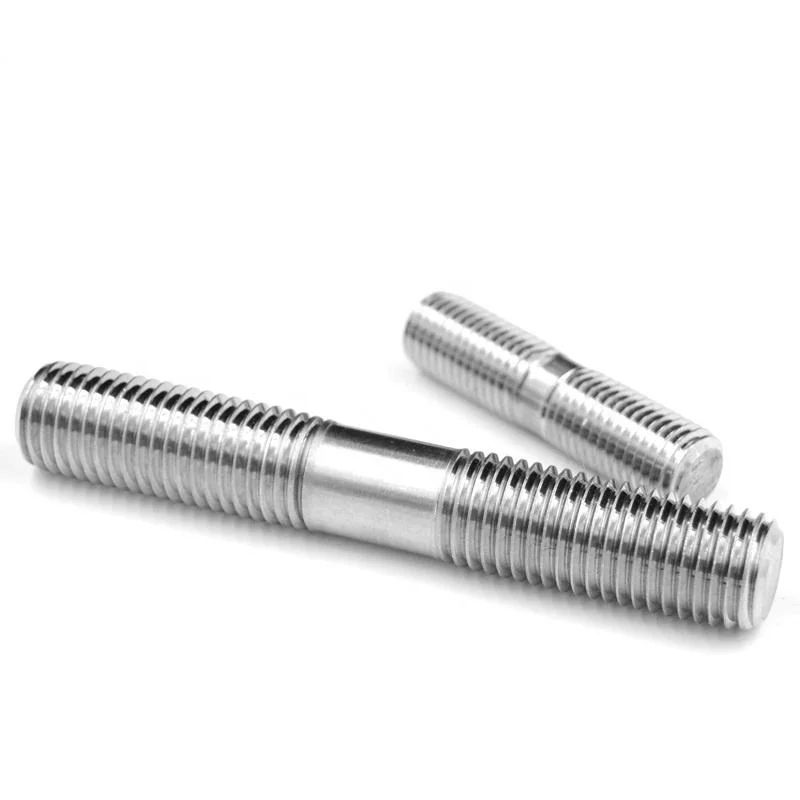Bolts are indispensable fasteners in industrial manufacturing, mechanical equipment, automobile assembly, and construction engineering. Among them, Hex Flange Bolt, with its unique flange structure, improves the fastening strength while enhancing the anti-loosening ability, becoming a widely used standard fastener.
This article will introduce the characteristics, specifications, production process and application scenarios of Hex Flange Bolt in detail to help you better understand its advantages and selection points.

What is a Hex Flange Bolt?
A Hex Flange Bolt is a hexagonal head bolt with a flange. Its head has an extended flange surface, which is similar to the integrated design of the bolt head and washer. This structure can increase the contact area, reduce local stress, and improve the anti-loosening ability, especially suitable for high vibration or high load conditions.
Hex Flange Bolt usually complies with GB/T 5787 (Chinese standard), DIN 6921 (German standard), ISO 1665 (international standard), ASME B18.2.1 (American standard) and other standards, and is widely used in mechanical equipment, automotive industry, steel structure buildings and other fields.
Features of Hex Flange Bolt
Flange surface design improves force distribution:
The flange surface is equivalent to a built-in gasket, which increases the force area and reduces the deformation and damage of the connected parts.
The evenly distributed stress can improve the bearing capacity of the bolt and is suitable for fastening connections of different materials such as metals and plastics.

Excellent anti-loosening performance:
Ordinary flange bolts: The flange surface is flat, suitable for general mechanical structures, and the anti-loosening performance is slightly better than ordinary hexagonal bolts.
Toothed flange bolts: The flange surface has radial anti-slip teeth, which can provide a stronger anti-loosening effect and is widely used in high-vibration working conditions, such as automobile engines, gearboxes, etc.
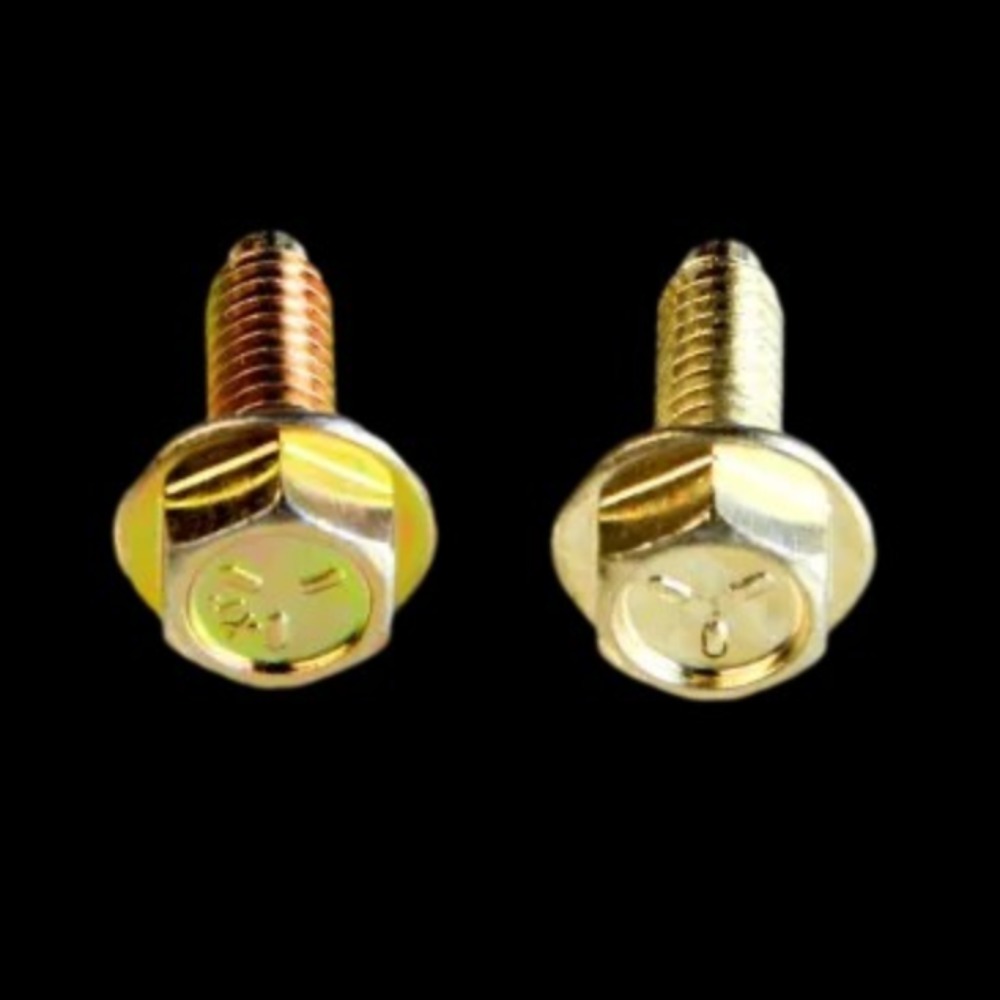
Rich strength grades to meet different load requirements:
Grade 4.8: Suitable for low-strength fastening requirements, such as home assembly, light machinery, etc.
Grade 8.8: With high strength and durability, suitable for automobiles, engineering machinery and other fields.
Grade 10.9: High strength level, suitable for structures that withstand large loads and vibrations.
Grade 12.9: Ultra-high strength flange bolts, mostly used in high-end industrial fields such as high-precision machinery, aerospace, etc.
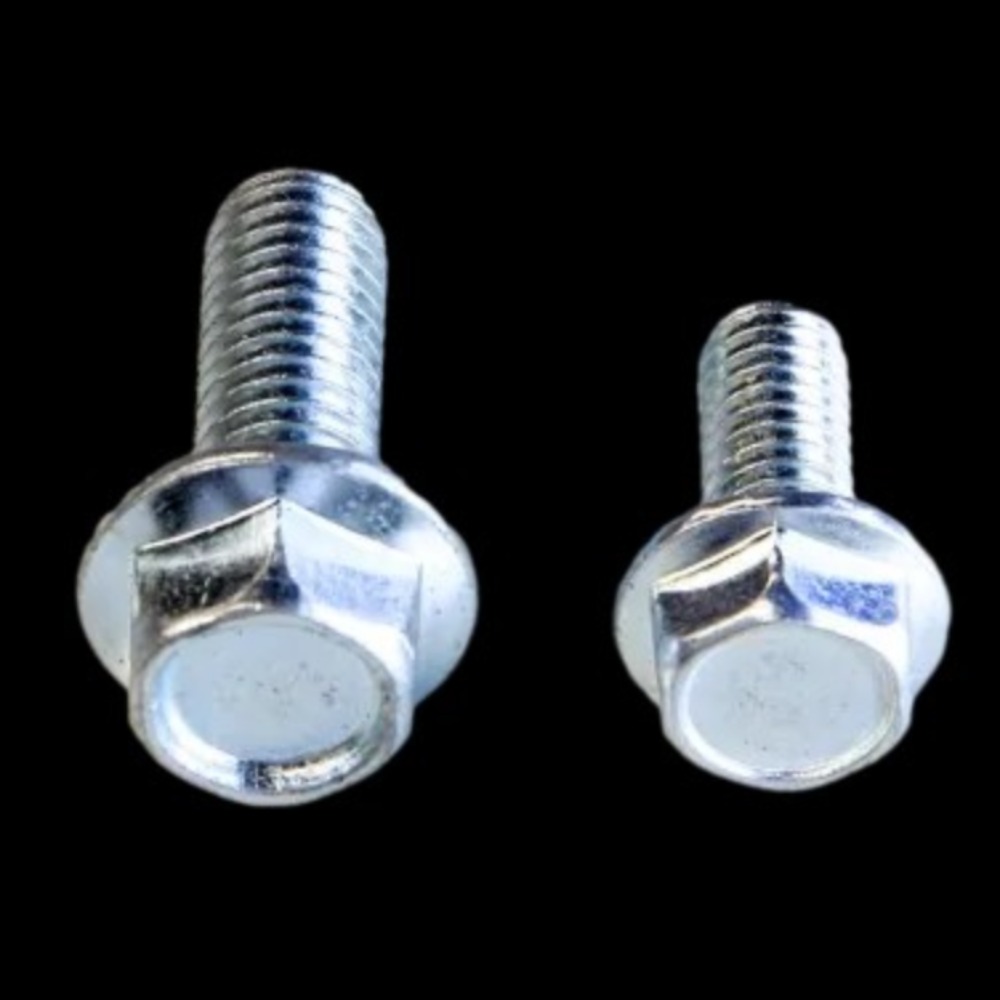
Diverse selection of materials and surface treatments:
The materials of Hex Flange Bolt usually include:
Carbon steel (such as 35#, 45# steel): suitable for general mechanical connections.
Alloy steel (such as 40Cr, 42CrMo): has higher tensile strength and fatigue resistance.
Stainless steel (such as 304, 316 stainless steel): has strong corrosion resistance and is suitable for outdoor, humid environments or chemical industries.
Surface treatment methods include:
Galvanizing (Zinc Plating): Enhances oxidation resistance and is suitable for general industrial applications.
Hot-Dip Galvanizing (Hot-Dip Galvanizing): Provides a thicker anti-corrosion layer, suitable for outdoor steel structures or marine environments.
Dacromet: Strong resistance to salt spray corrosion, widely used in automotive fasteners.
Black Oxide: Enhances wear resistance and is suitable for precision machinery or military equipment.

Production process of Hex Flange Bolt
1. Material preparation
Select appropriate materials such as carbon steel, stainless steel or alloy steel according to the bolt specifications and cut them.
2. Cold heading
Use high-precision cold heading machine to process the bolt head, and the flange and hexagonal head are formed at one time to ensure dimensional accuracy and mechanical properties.
3. Turning (optional)
For flange bolts with high precision requirements, additional turning processes can be performed to improve surface finish and dimensional accuracy.
4. Rolled thread
The thread rolling process is used to manufacture the thread to improve the strength and durability of the thread and avoid material damage that may be caused by cutting.
5. Heat treatment
Quench and temper high-strength bolts of grade 8.8 and above to improve hardness and tensile strength to adapt to high-load environments.
6. Surface treatment
Galvanize, hot-dip galvanize, Dacromet or other anti-corrosion treatments according to customer needs to enhance the durability and environmental adaptability of the bolts.
7. Quality inspection
Dimension inspection: Use tools such as thread gauges and calipers to inspect key dimensions such as bolt length, diameter, and pitch.
Mechanical property testing: Conduct tensile, impact, and hardness tests to ensure compliance with standard requirements.
Anti-corrosion testing: Such as salt spray testing to evaluate the corrosion resistance of bolts.


